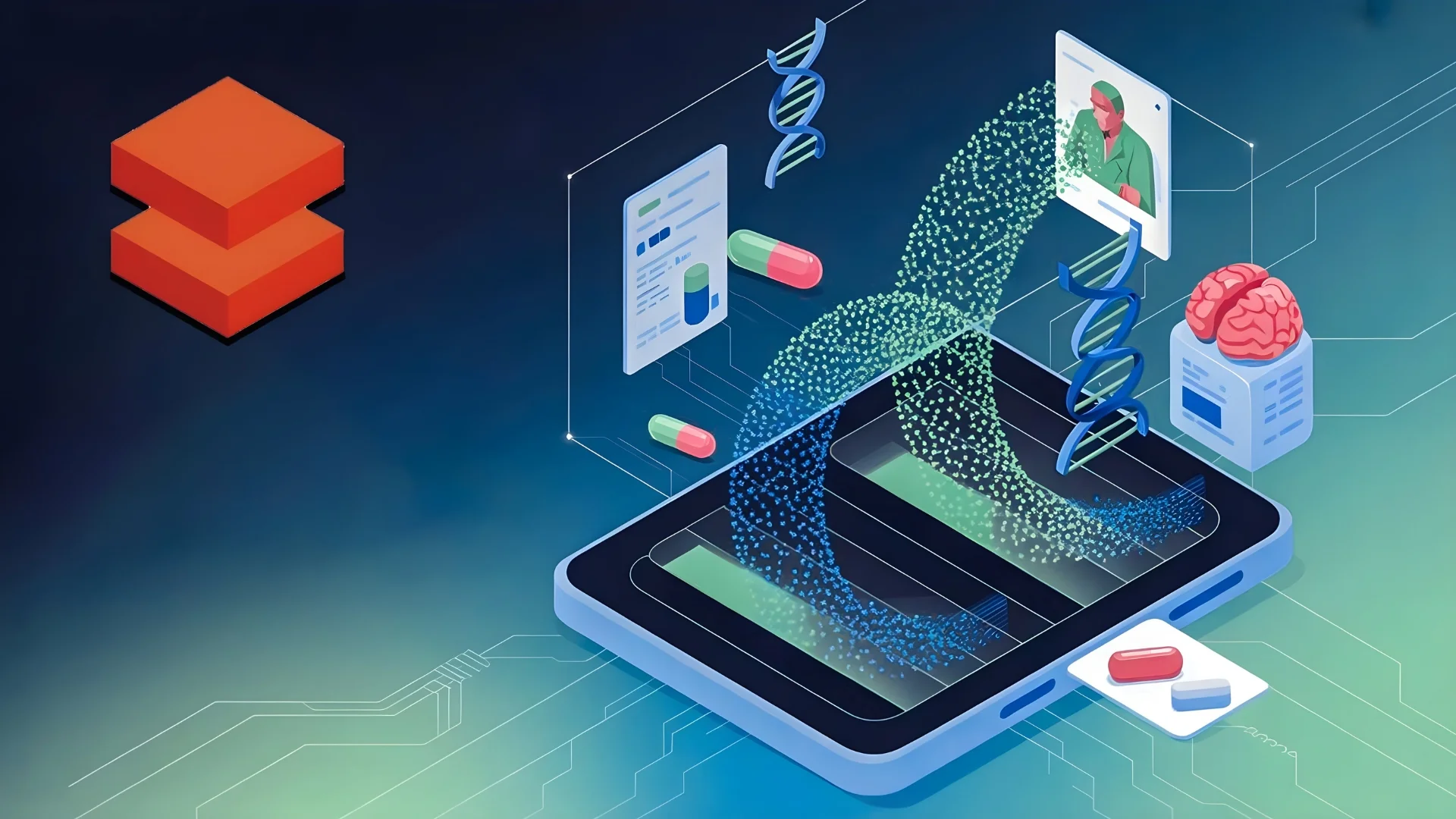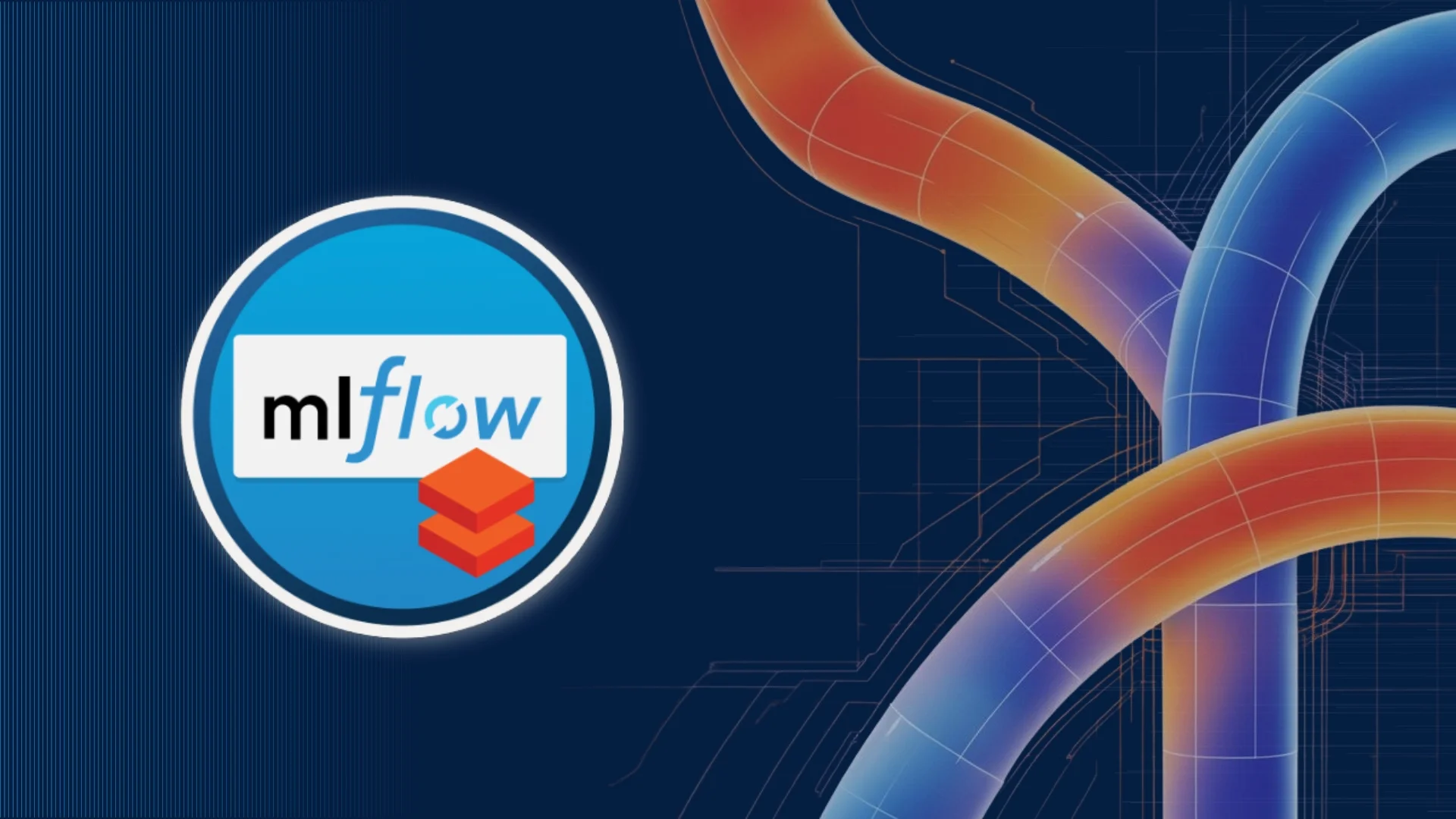Introduction
Globally, health care systems face widespread challenges, including affordability issues, inequitable access to health care, uneven outcomes, and a growing need for medical services due to growing populations. Health information and digital technologies can assist in addressing these challenges, and drive better customer experiences, support population health goals, and provide insights into health conditions. The healthcare sector is catching up to the digital revolution that has disrupted other sectors, as the adoption of new tools and technologies is already starting to make waves throughout the healthcare system and is expected to transform the delivery of healthcare services in the near future – increasing efficiency and improving patient care.
Furthermore, digitalization is a key trend throughout the healthcare sector. It holds the key to a radical improvement in people’s life, affecting almost every aspect of the field while opening up new avenues and introducing new delivery models for patient care. Digital healthcare solutions are intrinsically more scalable and help widen the prevention area, improve triage, and lower the cost per treatment.
In the coming years, digitally-enabled delivery models are poised to shift the balance of power within industries and across the value chain. This, in turn, will create unprecedented opportunities, competitive strategies, and profit rotations. The healthcare incumbents such as – providers, payers, pharmacies, pharmaceutical companies, medical device manufacturers, health IT companies, and channel players like pharmacy benefit managers are likely to face varying types of competition from new players, including startups, big technology, and big-box retailers.
Table of Contents
What is digital healthcare?
Digital healthcare is a broad, interdepartmental concept that encompasses technology and healthcare concepts. Digital healthcare is an umbrella term that can cover everything from mobile health (mHealth) apps, ingestible sensors, electronic health records (EHRs), electronic medical records (EMRs), health apps tracking real-time data, wearable devices, telehealth and telemedicine, to personalized medicine as well.
Digital technology has been driving a change in health care, from mobile medical apps and software that assist doctors’ clinical decisions every day to artificial intelligence and machine learning. Digital health tools offer enormous promise to increase our ability to detect and treat disease accurately and improve the delivery of health care to individuals.
Digital health technologies use computing platforms, software, connectivity, and sensors for health care and related uses. These technologies have a wide range of applications, ranging from general wellness to medical devices. Digital healthcare can revolutionize the way that preventive and diagnostic therapies are delivered, resulting in long-term cost savings in healthcare, individualized medicine and medical solutions to meet the needs of each patient, increased patient involvement, medical procedures being standardized, improvements in wearable devices for smart vitals tracking, administration of treatment based on real-time data and more.
In the future, patients will likely rely on healthcare providers that are transparent with their patients, establish a partnership based on trust, enable consumers to communicate with their providers, access data, and engage in dialogue with clinicians that allows them to make informed health decisions. This shift signals a shift from provider-centric care to patient-centric care. By utilizing digital tools for accessing data and predictive analytics tools for making decisions, health systems are able to predict health challenges among the populations they serve, ensuring that programs and services are tailored to meet the needs and circumstances of individual consumers and populations.
Here are some of the possible features and capabilities of digitally enabled health care may look like in the near future.
Focus on prevention and wellbeing
With advancements in early diagnosis, technology can detect health problems even before they grow into major issues, and behavioral economics applied to motivate engagement in patients, the focus of health care is likely to shift from treatment to prevention and wellbeing. The concept of health will no longer be limited to just medical care, but rather as a broader concept that encompasses related concepts like mental, financial, and spiritual wellbeing as well. Additionally, care will be designed around the needs of patients (rather than health care organizations’ needs), and most of the care will likely be delivered outside of health care facilities, at people’s homes, at work, at school, and in the community settings.
Consumer engagement and empowerment
In the coming years, consumer attitudes and behaviors are expected to shift toward greater engagement towards one’s health. Consumers will be able to more actively take part in their own health care as businesses with business models focus on giving them greater access and control over their own health information and providing insights based on that data will provide more opportunities for consumers to perform many activities that today require a clinician’s involvement. Furthermore, the integration of electronic health records, claims data, lab work and other technological tools explicitly tailored to individual consumers’ health goals, life stages, and lifestyles will make it easier for them to care for themselves and their families and give them a better sense of their overall health and where they may be heading.
Person-enabled health
Health systems have been characterized as provider-centric for decades now. Patients are required to visit their providers based on the provider’s schedule and the doctor’s availability at a time and place convenient to them, rather than at a time and place convenient to patients. In provider-centric care, patients follow disease management pathways rather than focusing on their own health journey.
In a world where consumers have become accustomed to personalized, responsive business sectors that emphasize customer service, healthcare systems often fail to provide the same personalized experience. Current care delivery models are not designed to treat chronic illnesses effectively. The increasing hospitalization rates associated with chronic diseases, rising healthcare costs, and consumer preferences all point towards the necessity of transforming healthcare delivery models that emphasize person-centric care rather than provider-centric care.
Person-enabled care addresses a person’s own unique needs and circumstances, so they can receive care when and where they need it. Person-enabled care systems allow provider teams to work with consumers to define their personal health goals and preferences. Providers then tailor the delivery of care to meet individual goals and provide consumers with the tools and support necessary to make informed decisions regarding their health.
Predictive analytics
In the current system, provider organizations work on improving people’s health when they are sick. Whereas, by adopting predictive analytic tools, providers can quickly identify which patients are at greatest risk, determine how to prioritize care to proactively reduce or mitigate risk before people get ill, and ensure that they get the best possible care to maintain or improve their health and quality of life. Furthermore, machine learning algorithms are showing significant promise as they provide risk identification and enable provider teams to customize care delivery while also tracking and monitoring outcomes so that health systems can decide which care approaches produce the best results for patients.
With the advancement of predictive analytics and machine learning tools within organizations, clinicians will have access to real-time insights that facilitate data-driven decisions and automate and streamline workflows to reduce the burden of providing accurate and complete care to all patients. Health systems will continue to benefit from the analysis tools that will enable them to move from a reactive disease management approach toward a proactive and predictive care system, one that is tailored to the unique needs and life circumstances of every consumer and every public segment to improve health outcomes and reduce costs. Healthcare’s future is likely to be shaped and dominated by predictive analytics, one that is proactive, predictive, and focusing on keeping populations healthy and well.
Interoperability
Interoperability is the essential cornerstone in the digital transformation of health care systems. In order to create a healthcare system that is proactive and focused on keeping people well, organizations must have the digital infrastructure required to enable interoperability. Interoperability allows data transfer from the point of capture to the point of use – whether for the consumer or the clinician, or both – at any time, from anywhere. By utilizing advanced analytics, this data can then be converted into meaningful insights and knowledge accessible to both consumers and providers so they can make data-driven decisions that contribute to people’s health. Furthermore, as part of interoperability, community members can gain access to their personal health records. They can find health services, educational tools, and health navigation tools to support health decisions, navigate to care and services from the comfort of their own homes, including virtual care and remote health service delivery.
Having an interoperable system allows patients to make informed decisions regarding their care journey, informed by their own health data, and identify progress towards their desired outcomes. While digital tools are essential to enable a patient-centric health system, interoperability is the key to unleashing its full potential.
Conclusion
In the years to come, digitalization offers tremendous scope to improve the delivery of healthcare – to the benefit of patients, clinicians and administrators alike. In order for digital strategies in healthcare to be successful, clinicians and patients must be able to gain mastery, autonomy, and purpose. It’s evident that the adaptation of new technologies is clearly providing better clinical outcomes and helping to diminish health inequalities. In the long run, these initiatives will bring about a quicker diagnosis in patients, and eventually, more effective treatment.
However, digitalization in healthcare is not only about technology and its benefits in transforming healthcare. To achieve an effective healthcare digital transformation, there needs to be a cultural shift that entails the implementation of new business models, adopting new ways of thinking, and being transparent about the value that you intend to offer to users.
Ultimately, Sparity as a technological partner hopes and vision that healthcare providers will embrace the advancements that new technology is likely to bring in the years to come. Suppose you plan to develop advanced IT solutions for your healthcare organization or try to leverage newer technology into your current system, choosing the right integration partner is essential. We at Sparity offer a comprehensive range of software solutions, using the latest and most modern technologies, under one roof.[/vc_column_text][/vc_column][/vc_row]















